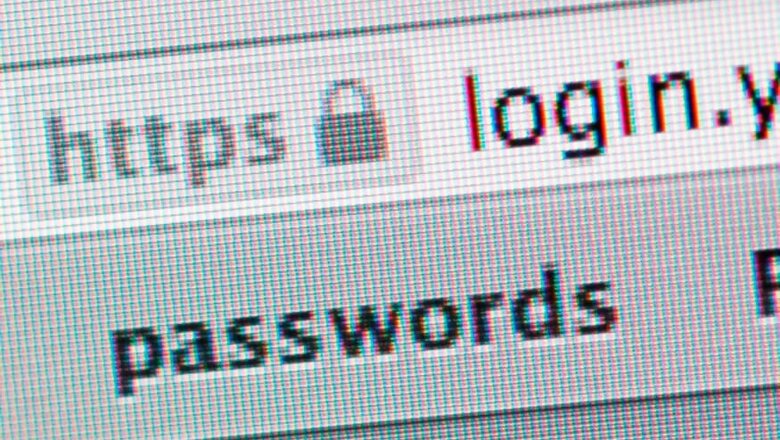
views
In the 21st century everything is going online, including our financial transactions. Most of us know at least five people among our peers who are using online banking or a mobile wallet. But with the minimum awareness of secure internet practices, millions in India share their financial details or do transactions over unsecured network without even knowing that they are prone to fraud which leads to increased cases of online banking fraud.
To avoid online banking fraud and ensure secure transactions, here are some of the best practices you could follow:
What Is Online Banking Fraud?
Online Fraud is the act of committing a financial fraud which has a digital footprint. Some of the key frauds are business opportunity fraud, charity donation fraud, domain name scams, identity fraud and mass marketing fraud. Scammers most frequently use Malware, Trojans, Phishing and Vishing to carry out such attacks. These acts by cyber criminals tend to siphon off financial, personal or intellectual property data of any individual or organisation. Ransomware based malware is created with the sole intention of extorting money from their victims.
If you are targeted with hoax e-mails, which appear to be genuine bank emails, then you need to be alert enough to respond to such e-mails. These e-mails ask you about the security details, hence, you need to be sure that you are logging into the authentic banking site.
Remember, banks will never send any e-mail to the customers to get the confidential details. Sometimes, the purpose of the websites is to obtain your credentials to access your financial accounts. Alternatively, these websites may ask you to install software from any link given in the page. By downloading the software you are in fact tricked into downloading a virus. And you will be a victim 99 per cent of the times if you share such information online.
Also, remember to look at the URL link. Most financial transactions happen on websites that start with, 'https' and the unsecured ones are usually 'http'. So 'S' is the key differentiating factor and also stands for security.
What Is Malware?
Malware is basically malicious and harmful software. Unrequested and undetected, it succeeds in installing itself on your computer or smartphone. If you click on unverified links over the internet or mails your device might get affected. Its motive is to process and steal information. Fraudsters use malware to get money out of your account as well as to commit identity theft. If a computer is infected by Malware it will send information to your bank which is different from the one intended - for example the recipient of a payment.
How Malware Spreads?
While visiting a website, you may get a pop-up which states that it has found a virus on your computer; and exhorts to install a free trial of a virus scanner or run an online scan of your computer.
You get an e-mail that appears to be from your bank with the request to install the attached update to plug into a hole in their internet banking security. This can also happen when you find a video on the internet.
In order to play it, you have to install a special plug-in which in itself is malicious. Naturally not every download contains malware, but it is definitely the case that malware is often downloaded along with unknown files from the internet. So being alert while browsing online even if you are not doing a financial transaction is a must.
Preventive Measures
- Make sure your smartphone or tablet is always protected with a PIN which is difficult to guess.
- Do not reveal your PIN to anybody, nor write it or store it where it can be found.
- It is a good practice to regularly refresh passwords and PIN codes, ensuring that you are using a unique combination of letters, numbers and characters for your various log in details.
- Make sure your PC is sufficiently secured, for instance by installing an up-to-date version and a virus scanner or a secured WiFi connection.
- Use the option for a text message to be sent every time a transaction occurs on your account. This will notify you of fraudulent transactions as soon as they happen.
- If someone calls you up on behalf of your bank and asks you to provide personal data and/or to sign electronically, refrain from taking any action at all, for your bank will never ask you to provide this kind of information.
- Put your electronic signature only for orders you expect or have initiated yourself.
- In case of doubt, immediately abort the transaction and take contact with your bank's help desk, especially when the procedure for signing differs from the usual procedure.
- Check your statements of account at regular intervals.
- Keep the banking and other apps on your device regularly updated.
- In order to avoid such incidents, use reputed anti-virus and IT security solution providers like eScan and stay safe from all such attacks.

















Comments
0 comment